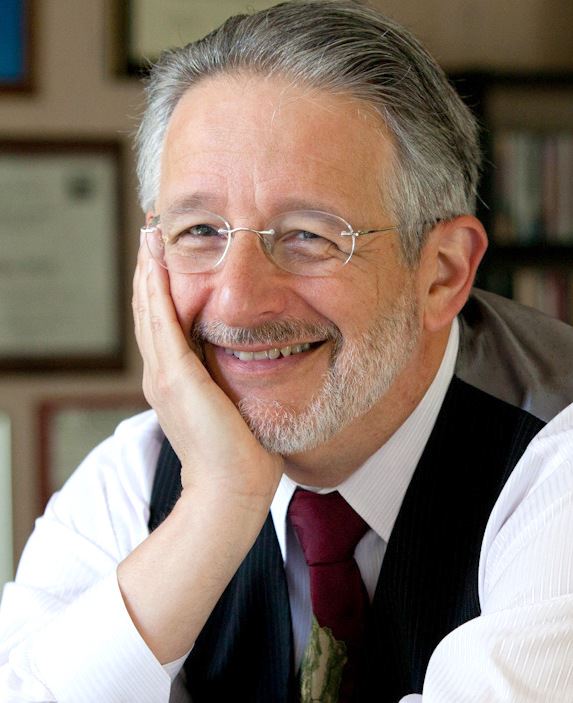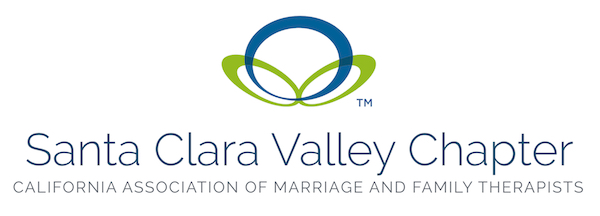 back to March 2024 newsletter
back to March 2024 newsletter
By Marty Klein, PhD, LMFT
Sex therapy, first developed by Masters & Johnson back in the early 1960s, can be wonderful—life-changing, cost-effective, marriage- (and therefore family-) saving. Refined over the years by professionals such as Sandy Leiblum, Lonnie Barbach, Leonore Tiefer, Michael Perelman, and Steve Snyder, there are today about 1,000 credentialled practitioners in the U.S.
We can do wonders, which makes this work life-affirming. We can’t do everything that people want or need, which also makes this work painful. Here are some things I’m asked to do periodically, which I just don’t know how to do—and I doubt that my colleagues, can, either:
* Increase the sexual desire of someone for whom sex usually hurts
We all stub our toe or bang our elbow occasionally. And sex can hurt momentarily for many reasons—accidentally pulling her hair, accidentally elbowing his balls, a leg cramp, someone moaning too loudly, miscalculating how wet your vagina or anus actually is before insertion, nipple-squeezing that’s too enthusiastic, and so on.
That’s different from chronic pain during sex, whether that pain is around the vulva, the lower back, or anywhere else. Enjoyable sex involves focusing our attention on how our body feels. When this involves pain, who would want more of it over and over?
I do see couples where one or both just shrug and think “sex just hurts me or my partner, and that’s how it is.” There’s often—not always—ways to reduce the frequency or intensity of the pain. Sex therapy can be very helpful with this, with specific exercises or explanations, and possibly directing people to sexually-informed health care providers (including pelvic floor therapists).
But when sex hurts, most people simply want to do it less. I don’t blame them, and I don’t really want to change that.
* Persuade your partner that non-monogamy is great
Consensual non-monogamy is great for couples who, well, think it’s great.
But when one partner wants it and the other doesn’t, persuasion is rarely a good idea. Neither is nagging. Pressure or threats? Never a good idea.
Most of the couples I see in conflict about this don’t have a great sex life together. Whether one partner wants sex more than the other, or one partner wants activities the other doesn’t want, it’s usually the higher-desire partner who suggests an open relationship.
My frustrated thought about this is often “great, your sex life doesn’t work, so let’s add more people. That should clear things up.”
Instead of saying that, I tell people that successful and enjoyable non-monogamy requires a level of communication that many couples (including theirs?) don’t quite have. If the center of a couple’s unsatisfying sex life is poor communication, how can non-monogamy work? It won’t.
If couples can’t clean up their communication—which typically requires resolving lingering resentments, a power imbalance, or lack of trust—there’s no magic way to make non-monogamy work. In such a case, it isn’t fair to just blame the partner who doesn’t want an open relationship. In fact, that person may simply be more realistic about the dead-end that a couple has reached.
* Help your spouse understand that your disrespectful behavior is not actually disrespectful
Practically every couple who comes into my office says they have “communication problems.” But not everybody does. Some couples communicate fairly well—with messages that they don’t like each other, don’t trust each other, or don’t enjoy each other’s company.
Sometimes it’s mostly one-sided—one partner regularly being sarcastic, dismissive, critical, bossy, while the other person alternately begs for relief, nags back, or withdraws.
And then one or both want to improve their sex lives.
In most relationships, when A is chronically disrespectful to B, B typically knows it. When B has run out of energy for saying “please stop” yet again, they often shut down sexually. When they come to sex therapy, A will complain that B is too sensitive, takes things too seriously, or is unmoved by apologies.
In such cases, how do I persuade B to “lighten up?”
I don’t. If couples let me, I’ll help them increase mutual respect, resolve specific old wounds, and rebalance their power dynamic. But gaslight someone and urge them to ignore their partner’s hostility and disrespect? No.
* Increase your partner’s personal hygiene if they refuse to do so
Kiss someone who forgets to brush their teeth? Lick a penis that doesn’t get showered regularly? Cuddle up with someone who wears a shirt way beyond its “wash-me” date? Almost nobody wants to do that.
And if you can’t get a partner to clean up their act (literally), I probably can’t. For some of these dirtier-than-thou folks, it’s a juvenile assertion of autonomy—‘I’ll do what I please.’ For others, it reflects the neglectful way they were raised. And for some, they just don’t relate to their body very much—they don’t get a periodic health checkup, don’t believe in taking vitamins, and think exercise is a waste of time.
And then they don’t understand why their partner doesn’t desire them more. Or their partner doesn’t understand their own low desire. I can’t enhance desire for something that someone finds undesirable. In fact, I’d call that common sense, not something to fix.
Originally published as: https://www.martyklein.com/what-sex-therapy-cant-do/
Dr. Marty Klein has been an MFT and Certified Sex Therapist working with couples & individuals for 42 years. His books include Sexual Intelligence and His Porn, Her Pain.
back to March 2024 newsletter
